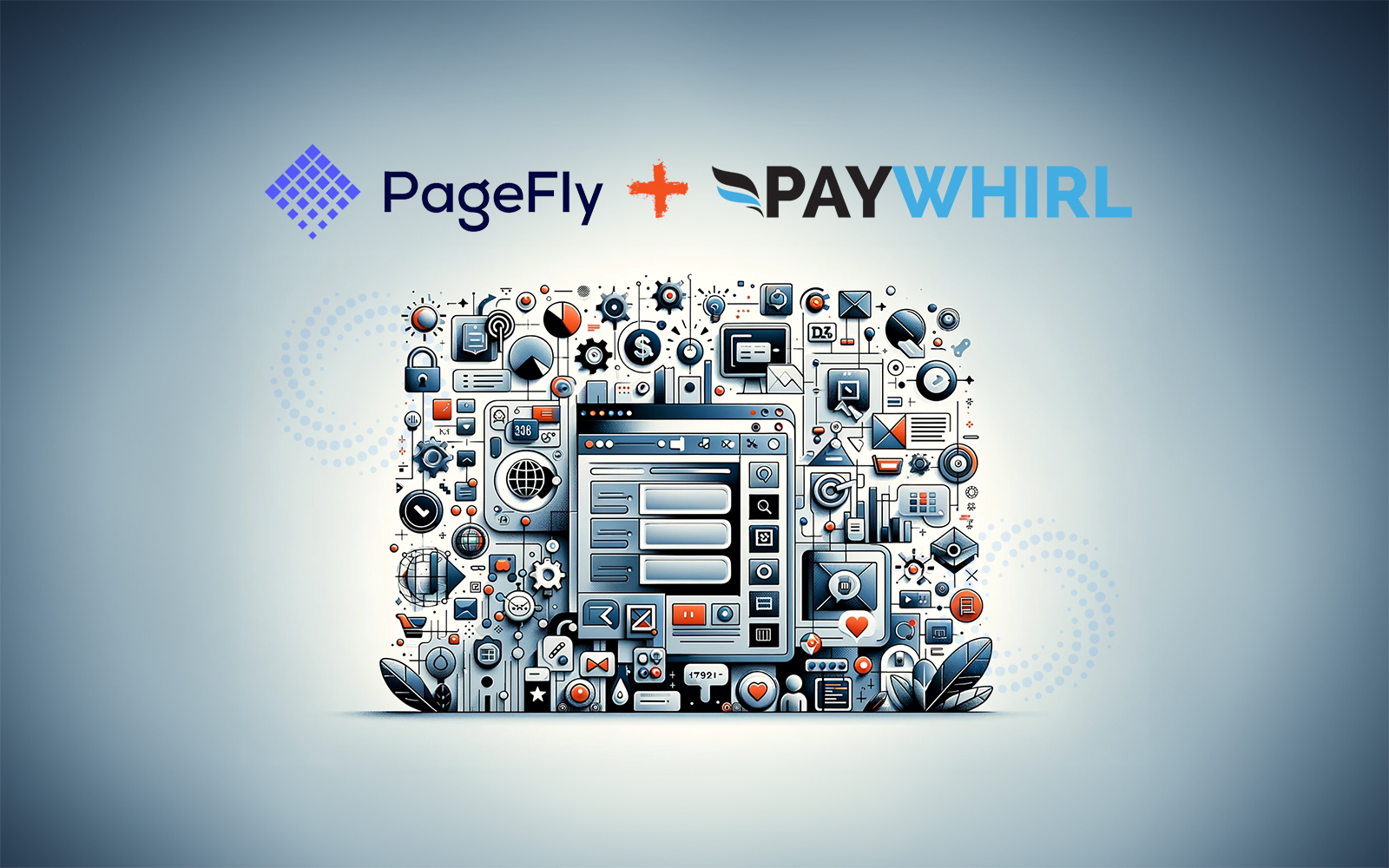It’s getting harder to reach and acquire consumers these days, with all the tracking on the web. Consumers are getting smarter and putting up walls with ad blockers, filtering tools, and other services that can hurt customer acquisition. The digital landscape is changing at an incredible pace and many find it challenging to keep up.
Running a successful subscription business is competitive, and falling behind innovation can be costly. With time and technology changes come new and innovative ways of reaching consumers. There are countless articles on acquisition tactics listing dozens of different methods to find new customers. Below we have outlined new methods companies are using to acquire customers and re-invent old ideas.
New Acquisition Strategies
Affiliate Marketing
Affiliate Marketing is a process where an affiliate earns a commission for marketing another person or companies products or services. Subscription businesses are thriving on affiliate programs; mainly since it generates 16% of all online orders, and companies spent $5.94 billion on it in the U.S. in 2018. That number is expected to rise in 2022 to $8.2 billion.
Affiliate programs drive traffic to your site, opening up your brand expanding your consumer reach. Affiliate marketing is the largest traffic source for subscription boxes, making it a critical factor in customer acquisition strategy.
Influencer Marketing
With new technology comes a wave of change, and it can be scary yet exhilarating at the same time. Knowing you need to incorporate the latest tech, but not understanding it can be nerve-wracking. Welcome to Influencer Marketing. It’s one of the new marketing methods to reach and acquire fresh customers. The industry growth for Influencer Marketing is growing strong and has no intention of leaving soon.

Budgeting Strategy
Influencer Marketing a modern media channel that, when working with the right and relevant individual, help you reach your target audience. It’s still a new and developing segment for 56% of executives and managers as they don’t quite know how to set goals, track, measure, and understand results.
As new and undeveloped tracking wise as it is, it’s still the most favored marketing angel to work right now; so popular, 93% of professionals agree it’s a valid form of marketing.

- 79% of brands will dedicate a budget for Influencer Marketing in 2019
- 21% will not be dedicating a budget for Influencer Marketing

- 62% said they would increase the level of spending
- 17.6% are unsure
- 16.5% said budgets would stay the same
- 3.3% plan to decrease spending
Growth Stratigies
Professionals aren’t the only ones backing Influencer Marketing. Google searches grew 1500% over the last three years, and Instagram 10x over the past five years for Influencer Marketing; according to Influencer Marketing Hub’s: 2019 Influencer Marketing Report. Let’s also not forget about the 320+ new platform and influencer marketing-focused agencies created in the last year.
“It’s an ironclad way to size attention of your ideal audience, look no further than someone who already has their ear”
Sujan Patel
One thing everyone understands and knows is where people look for influencers, social media. Last year Instagram hit 1 billion users and is

ROI – Return on Investment
Acquisition Costs associated with Influencer Marketing are low and have an excellent ROI. If you understand it, and how much of a difference marketing can make you can see earnings up to $18 for every $1 spent on an influencer. Even if you don’t completely understand but try it out, the average company sees $5.20 per $1. Only 25% of businesses either break even or lose money. No matter how your campaign goes, 40% of consumers end up purchasing a product online after seeing it used by an influencer.
It pays to understand Influencer Marketing, how it works, and how to read your results.
Search & Seasonality
Collecting data is what technology does best, so why not use it to your advantage? Keywords provide insights into what questions consumers are asking and can help tailor your content strategy. According to a study by Hitwise, 1 in 50 searches driving visits to subscription box industry include “Best” (1.04%) or “Review” (.95%). Search seasonality has proven to be key throughout the year as consumers seek different products depending on the time of year; which directly results in subscription box demands.

Search can also identify what competitors are doing, and why they have grown or haven’t. It can pinpoint the needs and motivations of consumers allowing you to promote content or products using those insights. It’s one of the best digital indicators for customers intent. This data can be used to understand shoppers interests and needs, helping you acquire the audience of your competitors, track interests, and identify new ones. Search will identify what else consumers are interested in and why they are interested; often associated with seasonality.
Old Tricks Reinvented
Referrals aka Word Of Mouth
Referral marketing is the process in which a business uses their existing customer base to expand potential leads by offering rewards for spreading the word or writing reviews. A Neilson study found 92% of people trust recommendations from friends compared to other traditional advertising channels. Referrals and reviews increase customer loyalty exposing you to a targeted audience who’ve been motivated by trusted sources.
“78% of companies running a referral program say referred customers are loyal than customers acquired other ways”
Invespcro.com
It’s also an owned media channel which creates a way for you to interact and engage with your customers. Studies show shoppers who look at reviews and recommendations are 2x more likely to revisit to purchase. Referral Marketing also has a massive reach.
Statistics show for every 1,000 customers that tell people about your business; potentially 500,000 people are reached with that spreading information. Which turns into an estimated $6 trillion spent each year thanks to referral marketing according to referral statistics on refermeiq.com. Who wouldn’t want in on that action!

Today’s consumers don’t trust traditional advertising anymore; 75% of people don’t believe it, only 1% of Millennial’s trust it. People refer others to products and services because they enjoy sharing something they found, trust, and love.
Referral marketing isn’t the most popular marketing method used, but it’s in the top three. It makes a huge difference for companies who include it in their marketing plan. Those who don’t use it are losing out on a valid, trusted resource for acquiring new customers and building brand loyalty.
Free Trials
Offering a free trial to try out a product or service is an effective and popular way to acquire new customers. The hard part is keeping them after the free trial. A recent study found that B2B has shorter trial lengths, but higher conversion rates than B2C; who have longer trials but higher Trial Lifetime Ratio. It’s a flexible way for businesses to expand their audience and allow everyone to try your product.
Conversion rates for trials with subscriptions are impressive. Subscription companies providing Consumer Services had a conversion rate of 66.8% from free trials and Saas companies with a 62.4% conversion rate.

Requiring a credit card makes the renewal or ongoing charge a smooth transition, but may deter customers from trying out the subscription. Consumers don’t see the “free trial” as risk-free if they have to provide their financial information to get the goods/services. Companies that allow sign-ups for a free trial without requiring a credit card generate twice as many paying customers from the free trial offer.
“Consumer services, Box of the Month, and Media & Entertainment had the highest Trial Lifetime Ratio for subscriptions that convert from a trial to paid”
Recurly
Everybody likes and enjoys free things which are why free trials will never go out of style. Although it may not work for all businesses, those that can thrive on the revenue of customers acquired. Don’t dismiss the free trial marketing because it’s an idea of the past, it’s been reinvented.
Partnerships aka Co-Marketing
A new look into partnerships has developed from the old fashion ways. Partnership marketing is when two or more companies work together to cross-promote each other’s products or services to similar audiences. It’s an easy way to expand consumer reach while increasing the appeal of your product or service.
When you have an audience, people give you their attention, you don’t have to buy it; which is why expanding your audience is always a good idea. Partnering up with like-minded companies will help you reach their fans through their marketing channels without having to pay for it.

New marketing alliances can be seen all around us even when we don’t realize it. Have you seen Hello Fresh or Blue Apron’s subscription boxes for sale at your local grocery store? Partnering with a subscription box, retail store, or affiliate sites will expand brand awareness, strengthening brand affinity.
One major partnership was the Nike and iPod collaboration, where Nike integrated Apple Music technology into their clothing. Every order from Zulily comes with a promotional discount card to try Naked Wines; and what Target doesn’t have a Starbucks in it?
It’s not just corporate conglomerates partnering up either. Partnership programs include sites like Stitch Fix where you can get your clothing line into or PinchMe where you can send free samples they distribute to their subscribers to experience and write reviews. Embrace the opportunity to co-market with companies who share your interests, to reach and expand your consumer base.
Acquisition Strategy Summary
- Use Affiliate Channels to acquire new customers.
- Think partnerships and referrals to open your brand up to new customers and strengthen brand affinity.
- Utilize free trials to convert new customers.
- Use Search to tailor content. Keywords provide valuable insights on what consumers are asking, and will help customize your content.
- Take into account Seasonality. Consumer’s needs change throughout the year, and they seek products to meet those changing needs.
- Don’t forget the little things like making sure all digital channels are optimized for mobile use since 65% of subscription box traffic comes from smartphone and tablets.
- Use Email to engage your consumer.
- Create a personalized experience for your shoppers so you connect on an emotional level which can lead to loyalty and trust.
- Offer limited edition products or services compelling shoppers to talk about and want it.
When mapping out and planning your budgets keep in mind the necessary tactics for acquisition, especially for subscription box companies. Acquiring new customers is a whole new ball game in eCommerce today. You want to line up your marketing channels, whether they are new or old.





